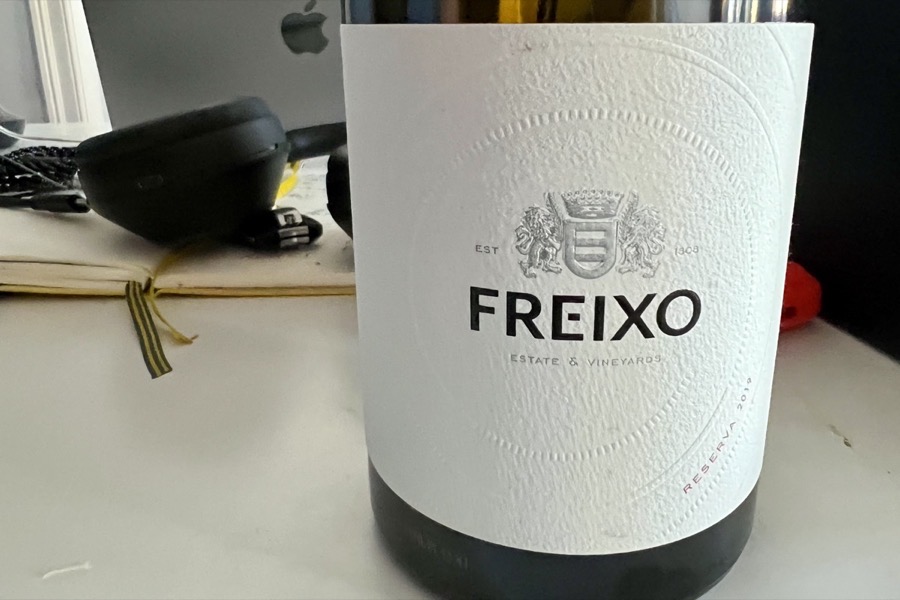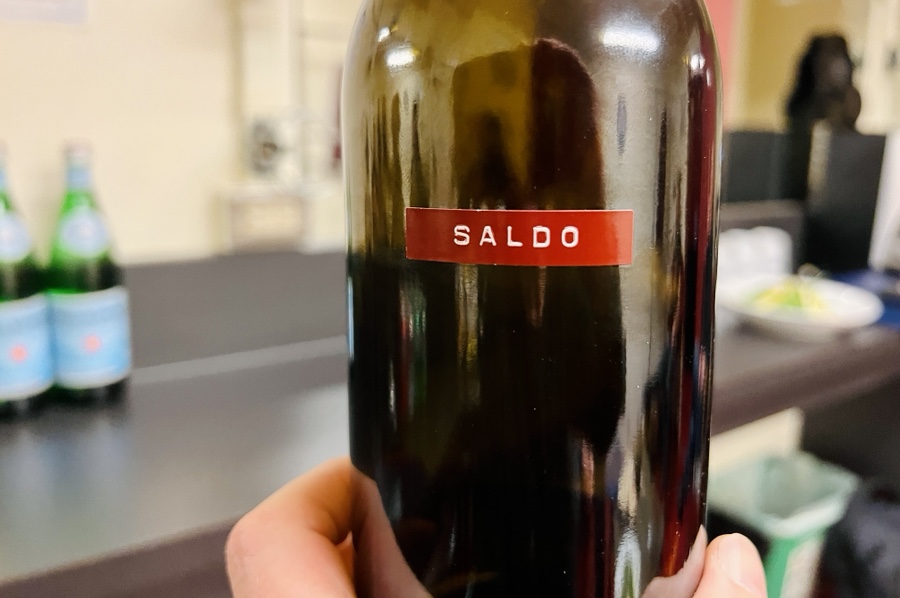People + Wine
There are about a dozen wine growing areas in Portugal. I learned that wine culture in this country developed in relative isolation and thus there are over 250 indigenous varieties of grapes, most of which we are not familiar with.
I have tried wine from a few of the regions. There is the Douro valley, east of Porto, which is probably the most famous, the Dão region, southeast of Porto, and Tejo, near Lisbon – Tejo is the Portuguese name of the river that is called Tagus in English. There is also the Alentejo.
I think some of the tinto (red wine) from Alentejo is really special. Some restaurants or shops might try to steer you towards wine from Douro or Dão, simply because those wines are delicious and easy to like. But if you insist they might bring you a wine from the Alentejo. I have heard the phrase, not for beginners, a couple of times.
There are lots of small grocery stores all over Lisbon. Every neighborhood has a few. They can exist alongside big supermarket chains, like Auchan and Continental, because they offer a special hand picked selection of items. Comida Independente, for example, is where I found Nosso Chá, the organic tea grown in Portugal, that was mentioned in this post. Because most of the inventory in the little mercearias is handpicked, the staff is also quite knowledgable about it. I went to a small such store in my neighborhood and asked for a bottle of red wine for around 20€. I believe a bottle of wine from Douro was recommended. It was good. I went back and asked for a bottle of red from the Alentejo. It’s not for beginners, they said. I smiled and said I understood. I had had a lovely glass of tinto from the Alentejo in a restaurant and knew what they meant. Ah, they said and pulled a bottle from the smaller Alentejo section. It was a bottle from this winery. It is my favorite wine and at a price I can afford, they said. That sounded good to me. I bought the wine, and some chocolate, and a week later I went back and bought a second bottle. I liked it a lot.

The wine reminded me of some bottles I have had from the Priorat region near Barcelona. (also see this post from 2008) The vines are dry-farmed there and because of the water level underground, the roots have to work extra hard. Instead of having to go down just a few feet they have to drill down 20 feet. That struggle makes the wine more intense. I am guessing that the vines in Alentejo are involved in a similar struggle.
That struggle is the reason for this post… people are just like wine! We try to avoid struggle, which is only natural, but it is the struggle that makes us sweet. I learned this time and time again. The people who move me the most are people who weathered a storm, and sometimes multiple storms. There is something in the struggle, the rising against a tide, the moving forward instead of resigning, that alters them and makes them glow with… something. Take a look at Roshi Joan Halifax’s photos from Tibet – you can find some of them here. Roshi takes amazing photos of people. This is a favorite image. Just looking at the person makes you smile, doesn’t it?
This does not mean that I wish strife and struggle on anyone but perhaps we can remember, when we do have to struggle, that the struggle might turn us into a fine wine.



